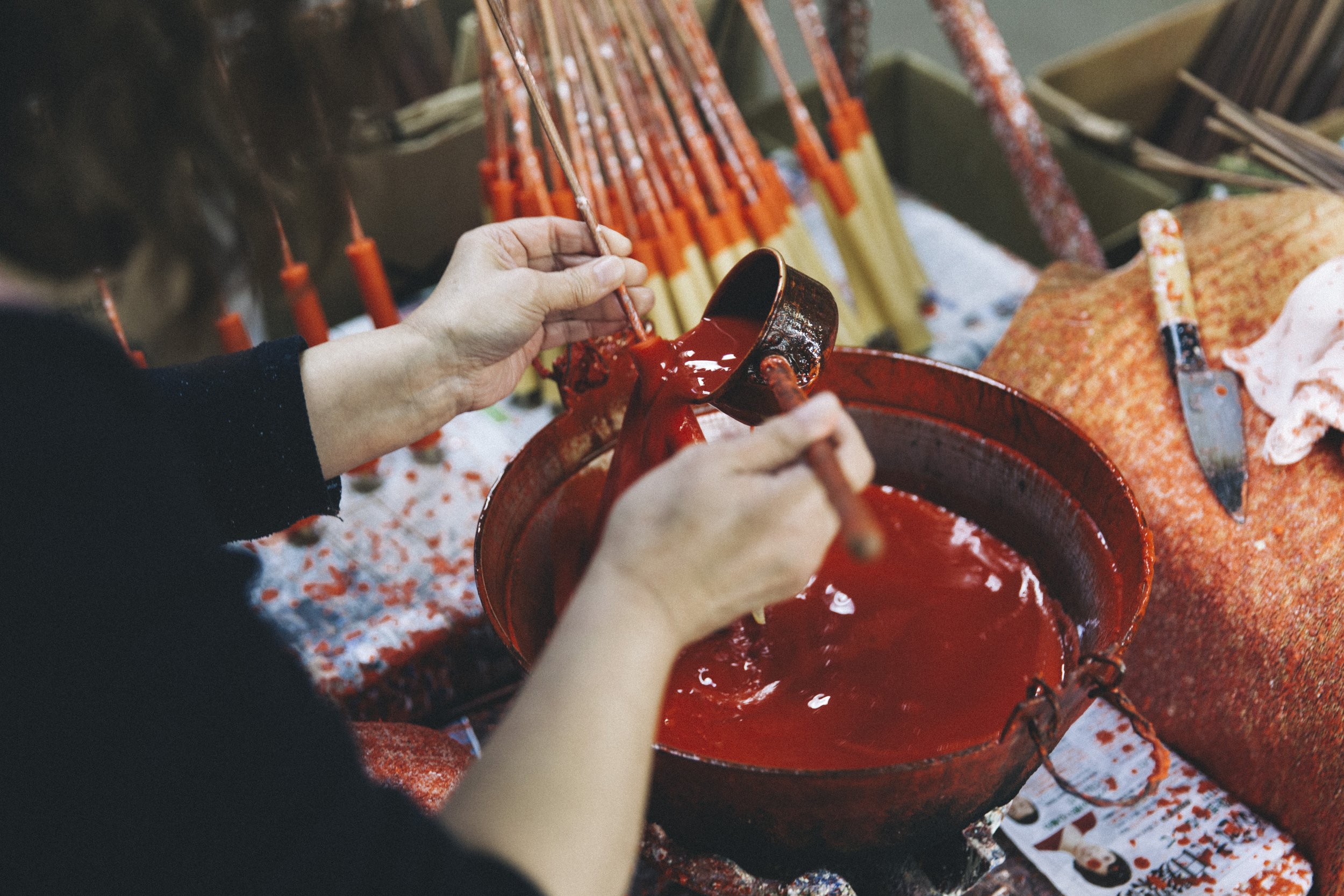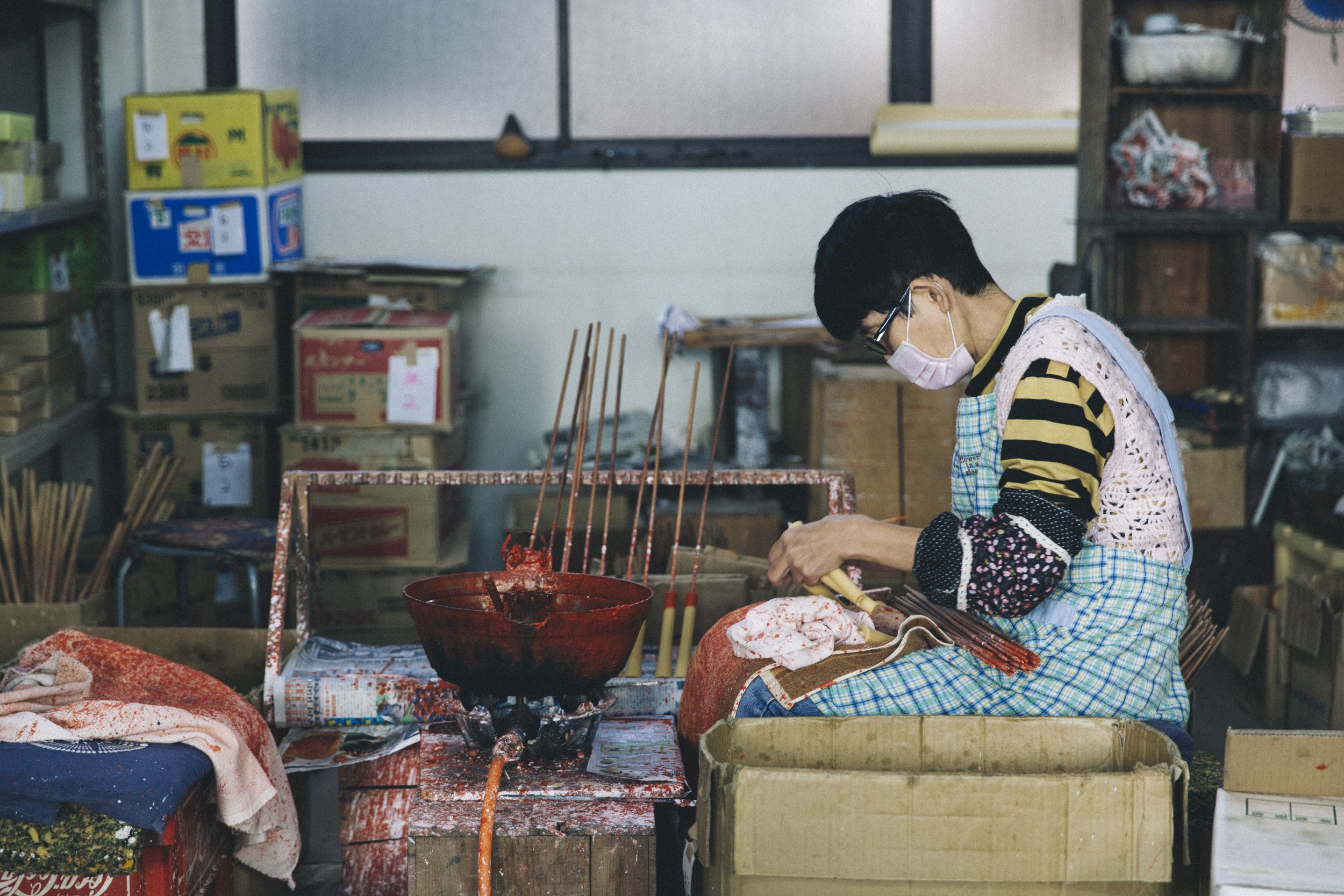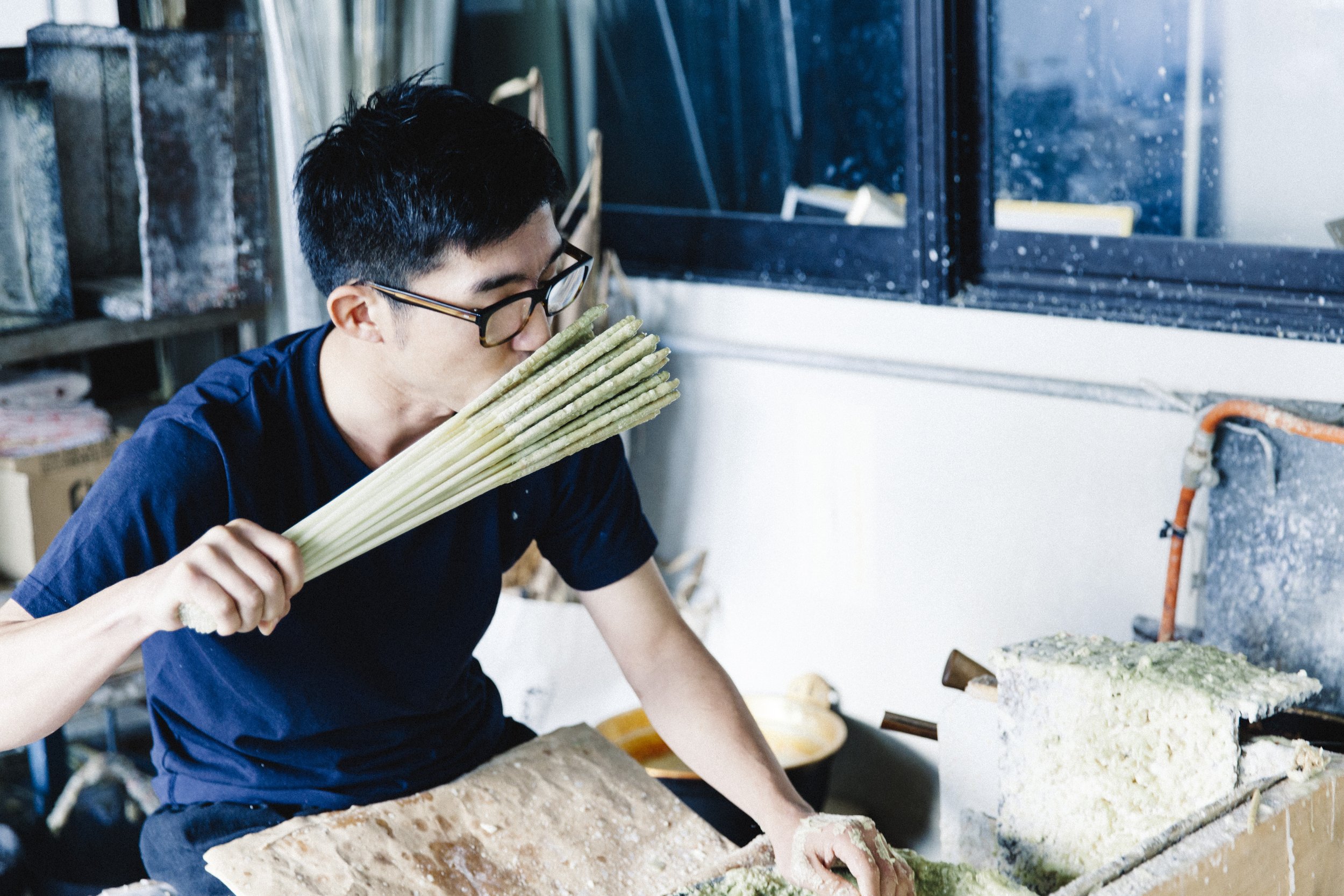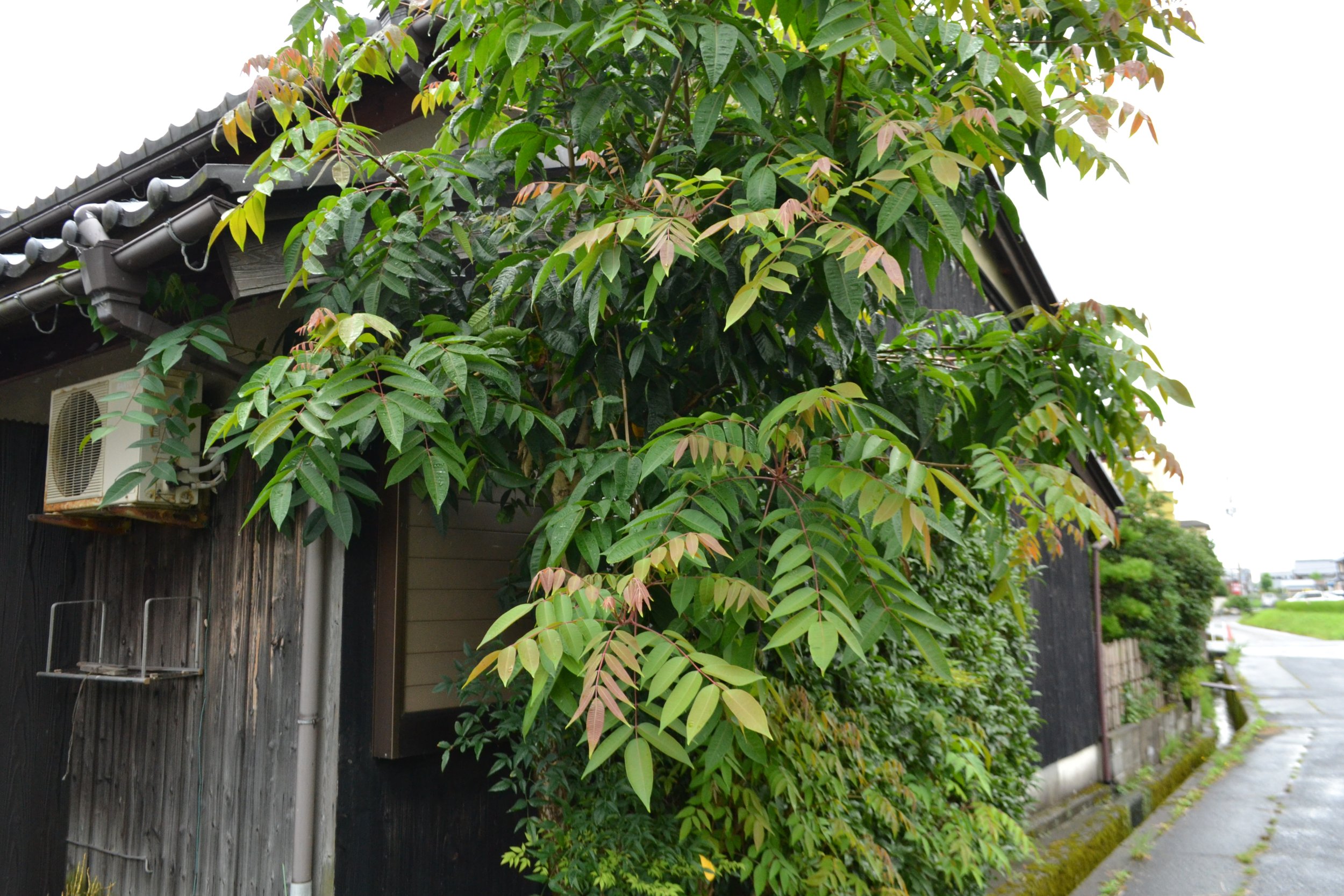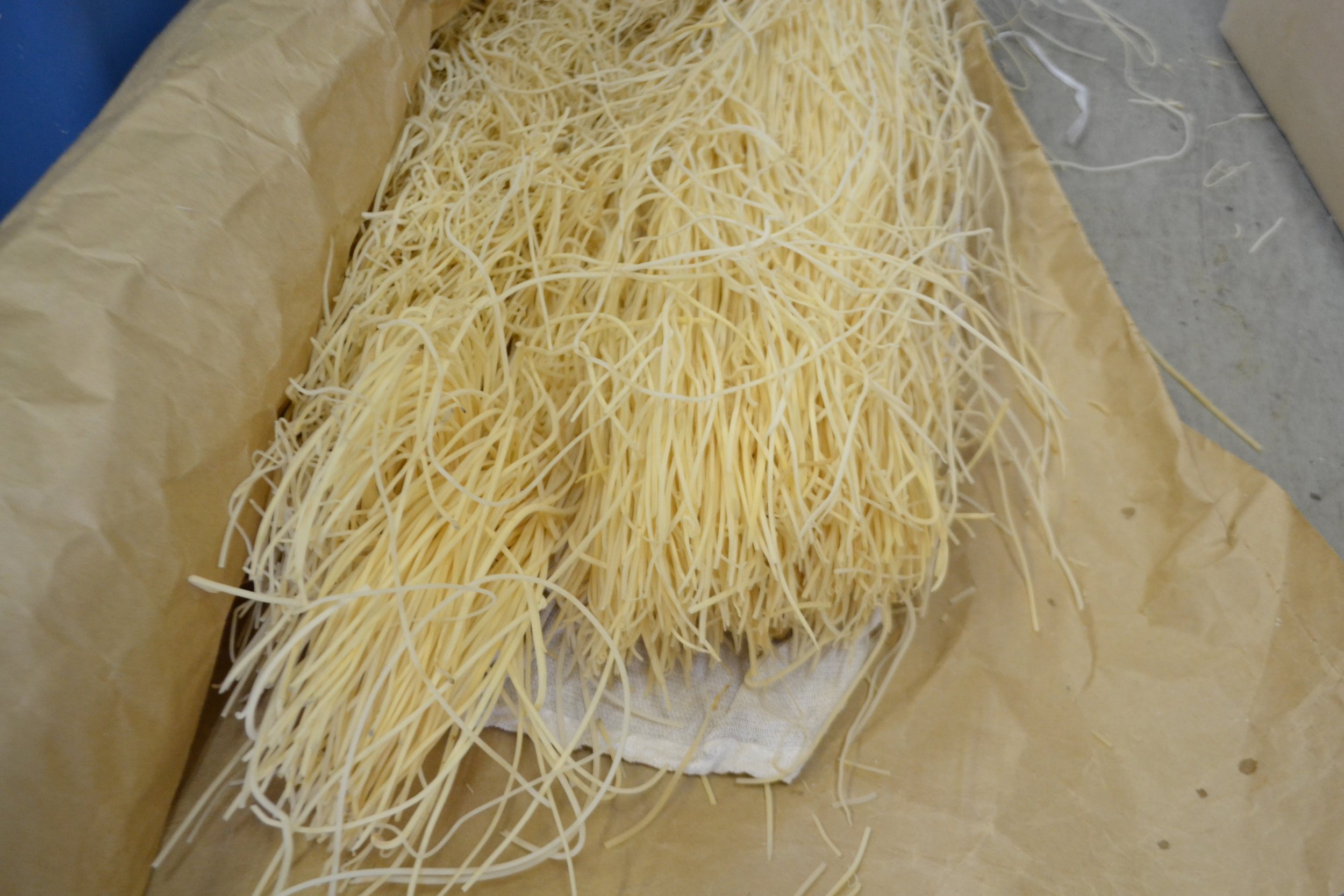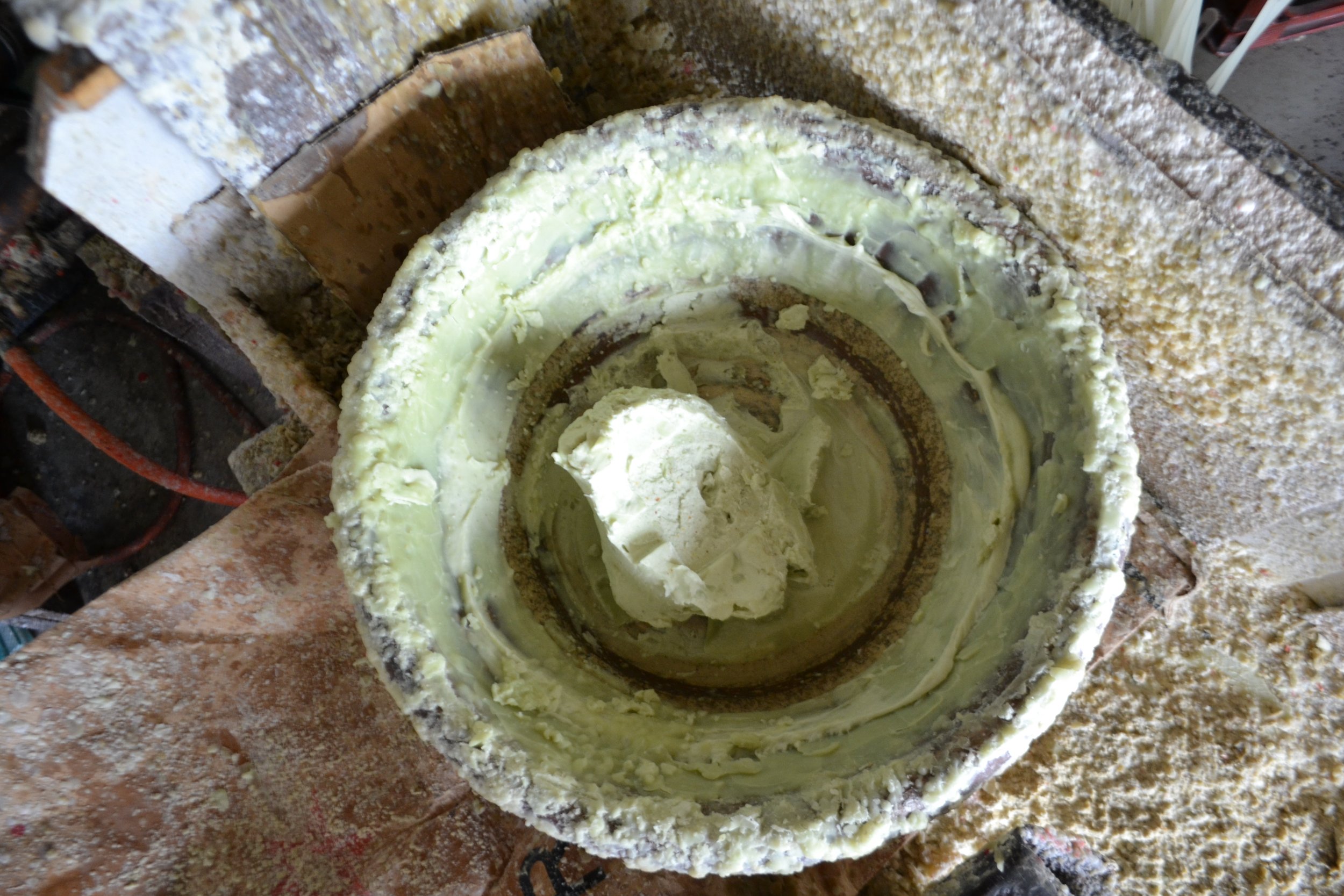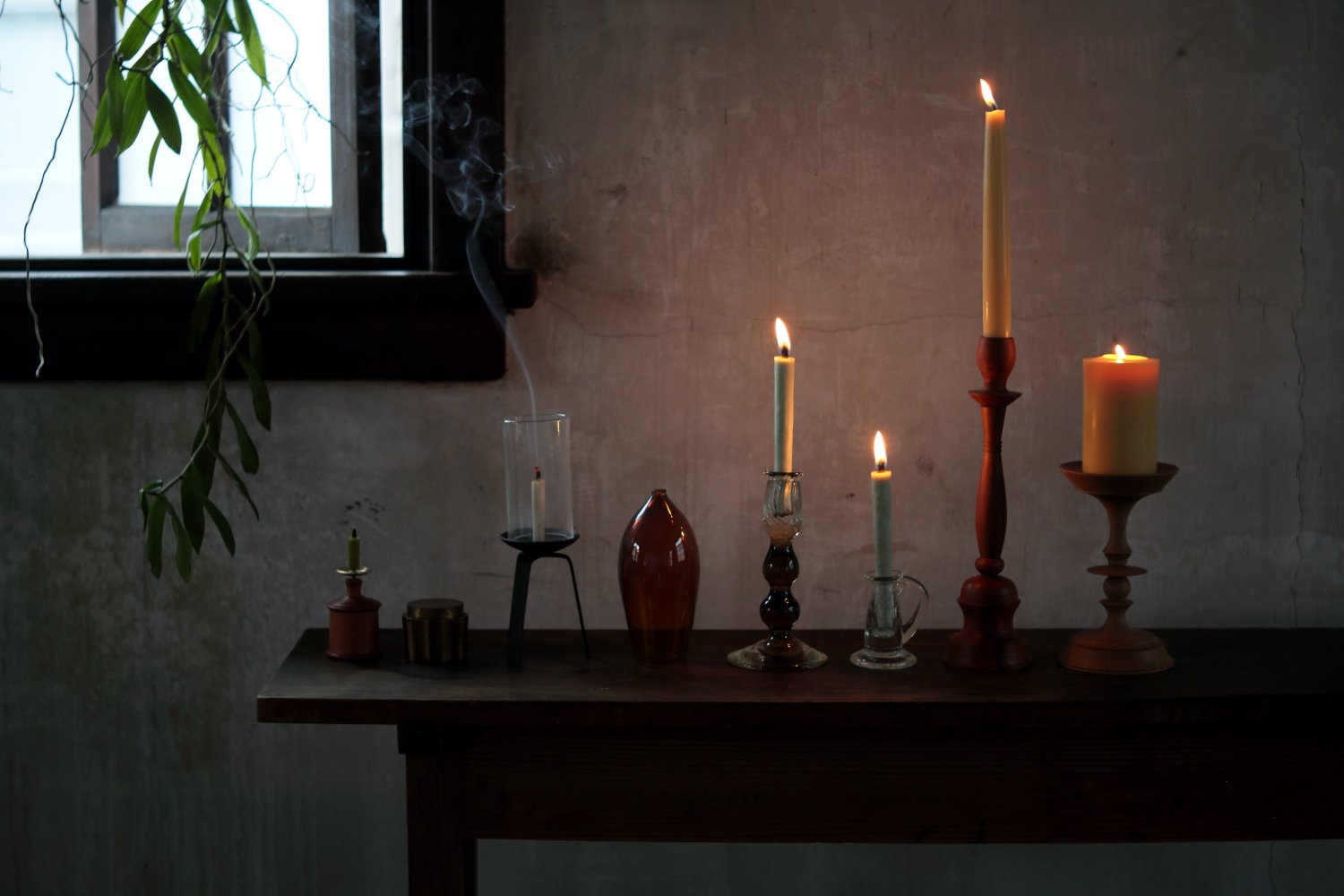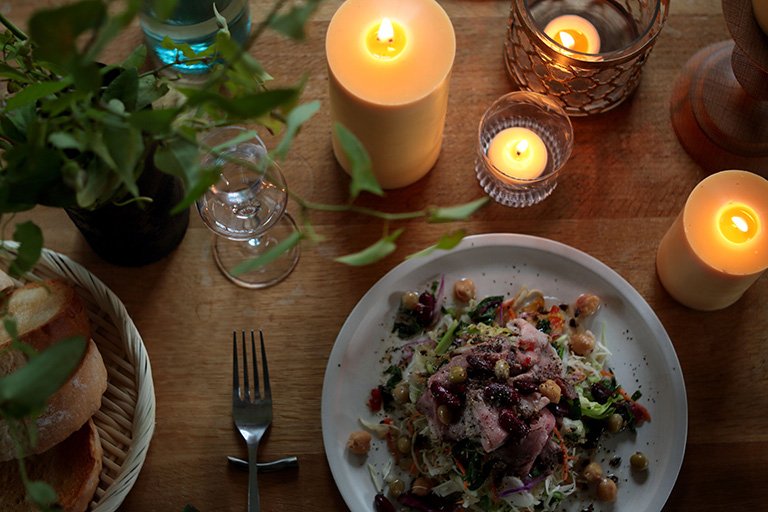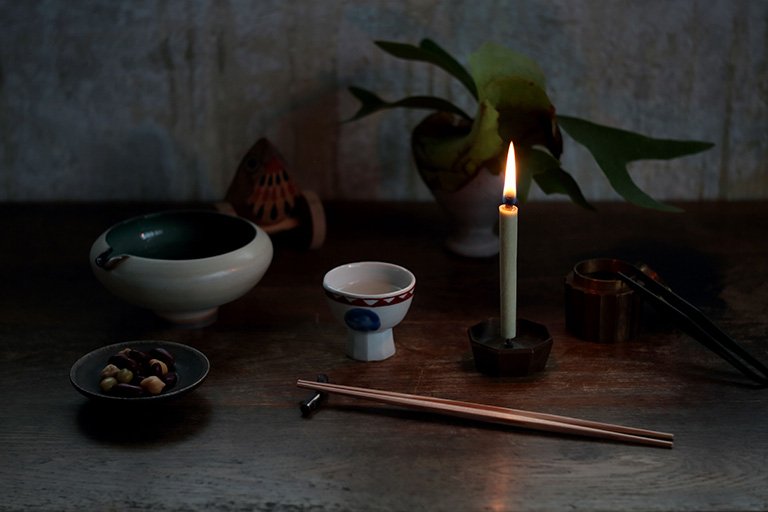Warosoku | Japanese Candle workshop
“Japanese Candle - Warosoku “和蝋燭”, Artisans meticulously craft their candles by hand, one by one.Artisans meticulously craft their candles by hand, one by one.”
Located near the largest Lake Biwa - “琵琶湖”
The workshop is located near the largest Lake Biwa which is a freshwater lake in Shiga Prefecture, northeast of Kyoto.
It is the oldest lake in Japan with a history of approximately 4 million years and makes up of one out of 20 ancient lakes in the world.
This renowned Japanese candle workshop, has an extensive history spanning over a century, rooted in the fine craftsmanship and tradition of Warosoku making. Founded in 1914 in the city of Shiga, the workshop is currently the largest producer of Warosoku in Japan, maintaining a consistent dedication to the traditional methods of crafting these unique candles. For generations, the artisans of the workshop have upheld the philosophy of living in harmony with nature, reflecting this belief through their practice of sustainable candle-making.
100% Handmade with an ancient Japanese candle crafting method
Artisans meticulously craft their candles by hand, one by one. They use an ancient Japanese candle making method only 10 craftsmen (approximately) in the world have mastered. It takes at least 10 years to master this candle making technique from start to finish. As a result, their special technique and high quality candles have been acknowledged as a Traditional Craft in Japan.
Creating The Base
A base is made by dipping each candle core into melted wax, creating layers of wax coatings. The surface of each candle is meticulously shaped and dyed by hand. At the end of each step from beginning to end, artisans conduct a detailed quality check to ensure each candle is created with care without compromise.
burning brighter and longer
The process of crafting Warosoku at the workshop is meticulous, requiring significant skill and a deep understanding of the natural materials used. The primary ingredient is the natural rice wax, which is derived from the oil of rice bran, a byproduct of the rice milling process. This rice wax is slowly and carefully melted down, then shaped and molded by hand to create the body of the candle. In the heart of each candle is a wick made from washi that has been rolled in the plant-based haze wax. The washi wicks absorb the melted rice wax, burning brighter and longer, which is a distinctive characteristic of Warosoku.
In addition to rice wax and haze, other natural materials used in the workshop's Warosoku-making include rush weed and silk fiber. Rush weed is used to wrap and secure the washi wick, aiding in the wick's absorption of the candle wax, while the silk fibers are added to the wick to help maintain its shape during the burning process. Each element chosen is carefully sourced, prioritizing sustainability and aligning with the workshop's commitment to harmony with nature. The use of these materials not only ensures a high-quality product but also imbues each candle with a sense of the serene natural world of Japan, making Warosoku from the workshop a unique work of art and tradition.
The difference between Japanese candles (和蝋燭) and traditionally made candles
Warosoku is the traditional Japanese art form of candle-making. The term "warosoku" originates from two Japanese words, "wara" meaning harmony and "soku" meaning candle. Compared to Western candles, Warosoku are made from natural, plant-based ingredients and feature a unique hollow wick made of washi (Japanese paper) that creates a larger and brighter flame. Unlike Western candles which are predominantly made from paraffin, a petroleum byproduct, Warosoku are typically crafted from "haze", a wax derived from the sumac tree's fruits. The process lends Warosoku a unique aesthetic appeal and a gentler, softer glow that is a hallmark of this traditional craft.
Japanese Candle Making Process
Making The Candle Core
Each piece is hand-rolled on a skewer of Japanese washi paper with the pith of a toushinkusa (a perennial plant in the igusa family) rolled up and held in place with a silk wick. A wick with a larger surface area is used to absorb the vegetable wax. Wick making is one of the most important processes because the wax drips differently depending on the thickness of the wick and the degree of winding.
Raw Wax Handcrafting Method - 生蝋手掛け製法
While rotating the skewer with the wick inserted with the right hand, the left hand is used to apply the wax kept at an average temperature of 40 degrees celsius. One a layer of wax is formed around the wick in the shape of an annual ring, another layer of wax is added. This step is repeated until the candle reaches its desired thickeness.
Uniform length - おしり切り
A warm knife is used to precisely cut the bottom part of the candle to the same length.
Rice Bran Wax Candles
Photo Credit to DAIYO





